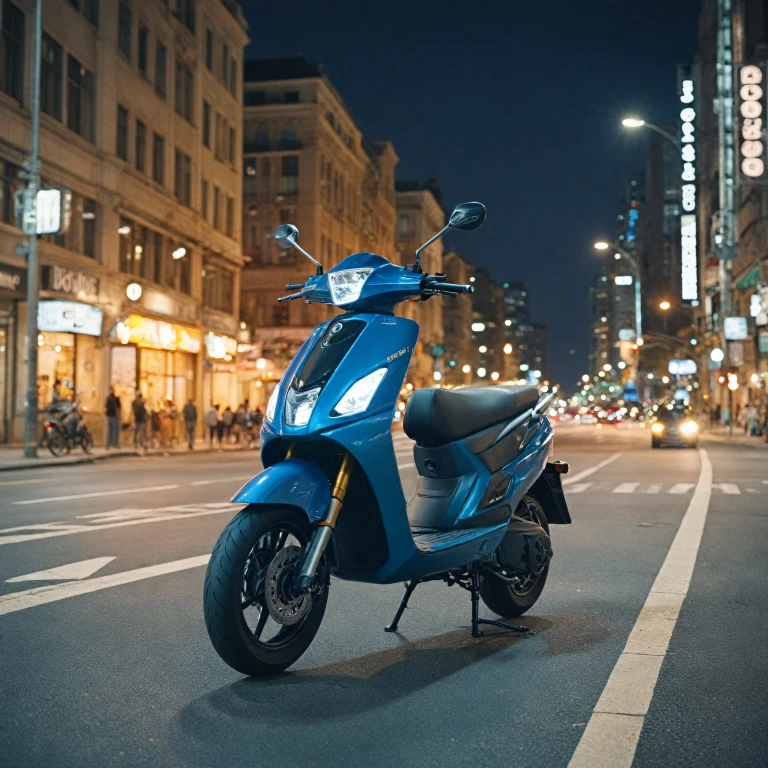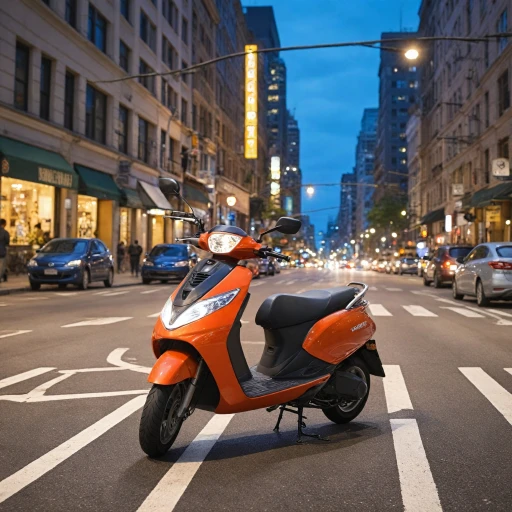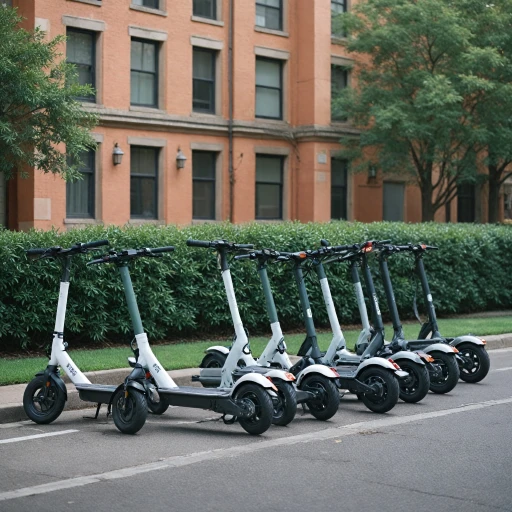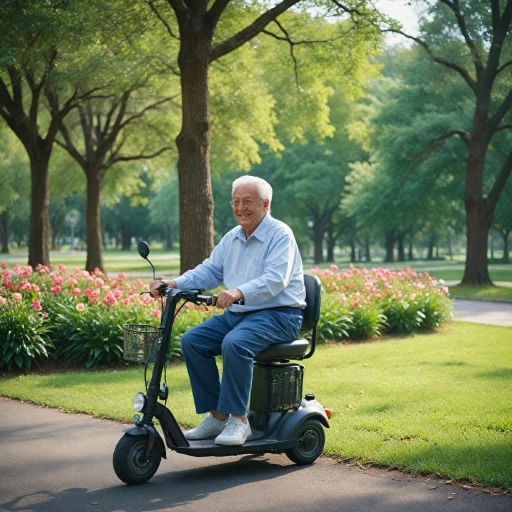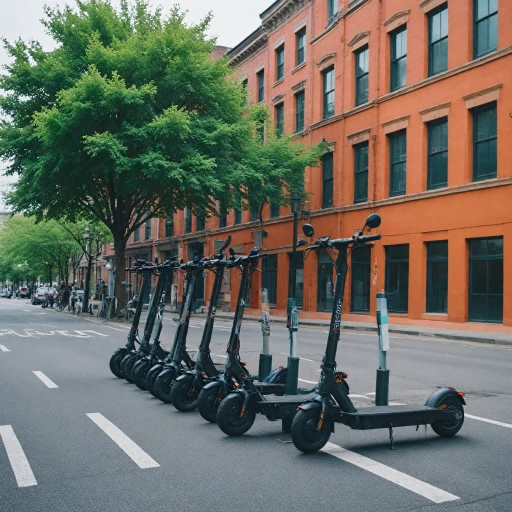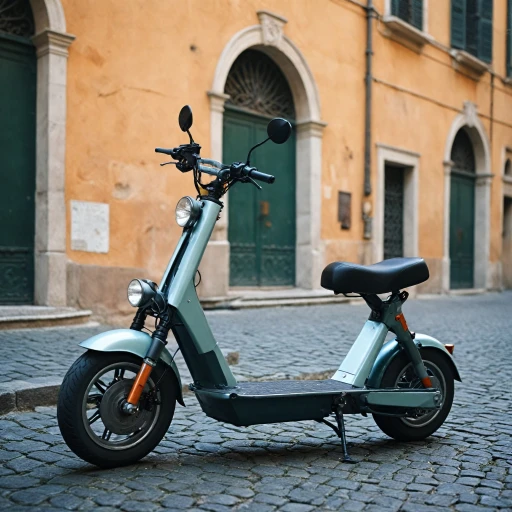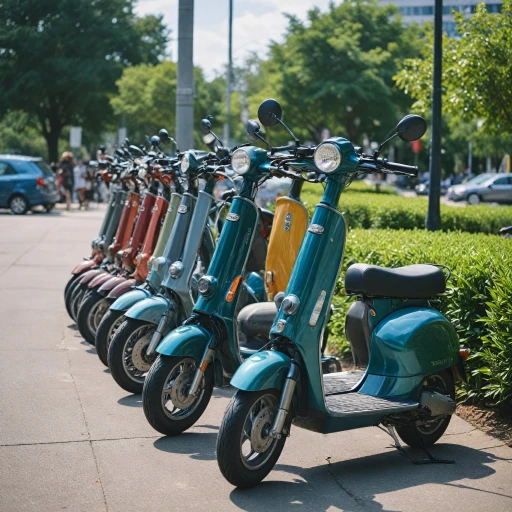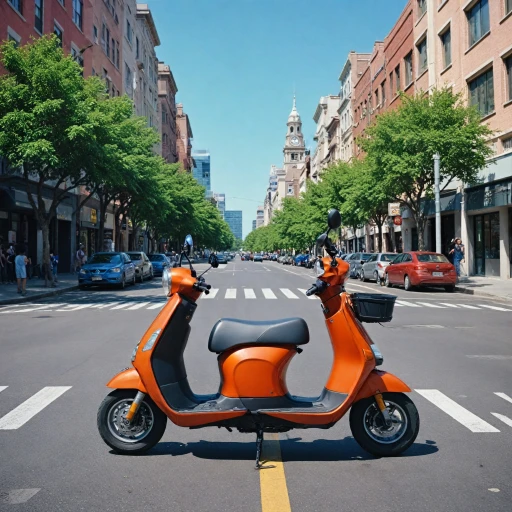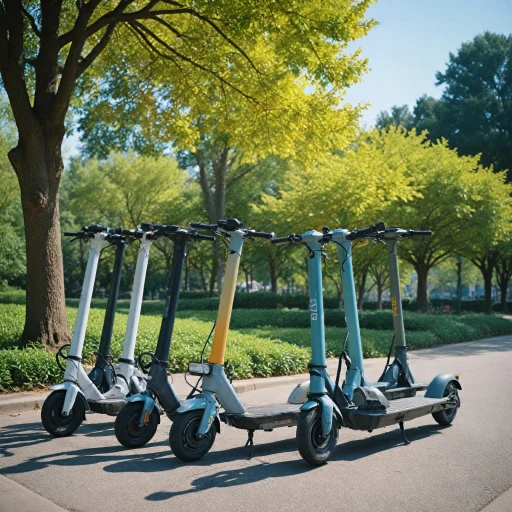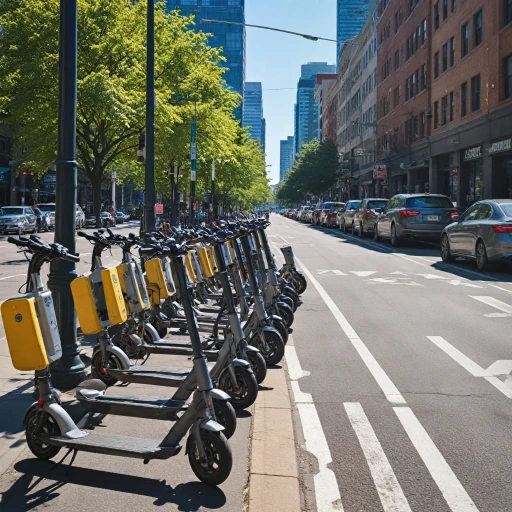
Types of e scooter batteries
Exploring Different Battery Types for E Scooters
Electric scooter enthusiasts should familiarize themselves with the various types of batteries that power these eco-friendly rides. Understanding these differences can guide you in selecting the most suitable option based on performance, cost, and longevity.- Lead Acid Batteries: Often found in budget-friendly options, sealed lead acid (SLA) batteries have been around for a while. Known for their affordability, they're easier on the wallet compared to other types. However, they tend to be heavier and have a shorter lifespan.
- Lithium Ion Batteries: These are the go-to choice for most modern scooters. Offering a favorable weight-to-capacity ratio, lithium ion batteries provide extended range and longevity. The initial outlay or unit price is higher, but the long-term benefits often justify the original price and eventual replacement battery costs.
- Advanced Options: Some scooters come equipped with cutting-edge technologies featuring AJC and other proprietary blends of battery compatible chemistry. As technology advances, expect to see current price adjustments reflecting the integration of new battery variants.
How to maintain your e scooter battery
Ensuring Longevity and Performance Through Proper Care
When it comes to maintaining the battery of your electric scooter, proper care can significantly enhance its lifespan and performance. The type of battery your scooter uses, whether it be a lithium ion or sealed lead acid, will determine your maintenance approach. Regular maintenance can keep your scooter battery in optimal condition, allowing you to enjoy your rides without concern.
First, always adhere to the manufacturer's guidelines. The original battery price is an investment, and following the recommended practices will ensure you get the most out of it. If it's a lithium battery, avoid fully depleting it before charging, as this can degrade its lifespan. For lead acid batteries, ensure they are fully charged before rides to avoid reduced capacity. Be mindful of the charger you use as well; using a charger with an incorrect volt setting can harm the battery.
Regularly check the battery for signs of wear or damage, such as bulging or leaks. It’s also wise to keep the battery and its connections clean and free from dust and moisture which can impact performance. If the current price of electricity allows, charge your battery during off-peak hours to save on energy costs.
Finally, when storing your scooter for extended periods, maintain the battery’s charge between 40% and 60% to prolong its life. Proper storage conditions are crucial, so keep the scooter in a cool and dry place. Maintaining your battery doesn't just ensure performance; it can delay the need for a replacement battery as well, effectively managing your scooter's unit price over time.
Maximizing battery performance
Boosting Your Electric Scooter's Battery Efficiency
Maximizing the performance of your electric scooter's battery is essential for extending its lifespan and enhancing your riding experience. Effective battery management not only saves you money on replacement costs but also ensures your scooter is reliable during your commutes. Here's how you can achieve optimal battery performance:
- Charging Habits: Regularly charge your scooter to maintain its battery health. Avoid letting the battery deplete completely before recharging. Most electric scooters require charging to a full capacity, but it's advisable to unplug once it reaches 100% to prevent overcharging.
- Temperature Awareness: Keeping your scooter batteries within a stable temperature range is crucial. Extreme temperatures can damage battery cells, reducing their efficiency over time. Storing your scooter in a cool, dry place can help maintain its battery’s performance.
- Proper Maintenance: Regularly inspect and clean the battery terminals to prevent corrosion. For sealed lead acid and SLA AGM batteries, checking connections ensures charging systems work effectively. Always use a battery compatible with your scooter's specifications.
- Use Quality Chargers: Utilize chargers recommended by your scooter's manufacturer. A high-quality charger optimizes battery performance and prolongs its service life. Cheaper alternatives may seem enticing but can harm battery efficiency in the long run.
- Balancing and Conditioning: Conditioning your lithium ion battery by occasionally running it from full to a specified low volt, then recharging, can help balance the cells, enhancing overall capacity.
Taking these steps into your routine can significantly boost the longevity and efficiency of your scooter's battery, ensuring that it remains a dependable mode of transport. For further insights on how to find the best models, you can explore our top electric scooters under $1000.
Signs your e scooter battery needs replacement
Indications It's Time to Change Your Battery
Recognizing when your electric scooter battery needs a replacement is crucial to maintaining optimal performance. Ignoring these signs can lead to decreased performance and potential safety risks. Here are some key indicators that your scooter battery is due for a change:
- Reduced range: If your electric scooter doesn't travel as far as it once did on a single charge, it might be time to consider a new battery. Over time, batteries such as lithium-ion and lead acid lose their capacity, affecting overall range.
- Longer charging times: A significant increase in the time it takes to reach a full charge may indicate that the battery is deteriorating. This is common in sealed lead (SLA) batteries and can affect the current price and demand for electricity.
- Visible damage or corrosion: Physical signs such as leaks or corrosion on the battery case can signal a need for immediate replacement. This is particularly crucial for sealed lead acid and SLA AGM batteries, as damage may lead to further complications.
- Inconsistent power supply: If your scooter frequently loses power or experiences sudden drops in speed, the battery could be struggling to maintain the necessary current or volt output.
Regularly checking your battery and investing in a replacement battery when needed can enhance the longevity of your electric scooter. It's also worth considering the original price and unit price of the battery in relation to your scooter’s brand and model. Opting for a battery brand that is compatible with your scooter can ensure a seamless transition and maintain the performance you're accustomed to.
Environmental impact of e scooter batteries
The Eco-Footprint of E Scooter Batteries
The increasing popularity of electric scooters has sparked a necessary conversation about the environmental impact of their batteries. Whether powered by lead acid, lithium ion, or SLA AGM, e scooter batteries come with their own ecological footprint that deserves consideration. One significant concern is the energy-intensive process of producing these batteries. Manufacturing lithium ion and lead acid batteries, for instance, involves mining raw materials like lithium, cobalt, and nickel, which can lead to significant environmental degradation if not managed responsibly. Recycling and disposal present another set of environmental challenges. Electric scooter batteries, especially lead acid and sealed lead types, need proper disposal to prevent harmful substances from leaching into the soil and water. Reputable battery brands often provide recycling programs or guidance on how to dispose of or recycle used batteries. Additionally, as battery technology evolves, preserving the current price and performance without compromising the environment remains a crucial balance to strike. Many industry players are investing in research to develop more sustainable battery solutions that could potentially reduce the carbon footprint of e scooters. Exploring advancements in battery technology promises a future where scooters can be both eco-friendly and efficient. While the replacement battery market keeps expanding with various options available at different unit prices, consumer awareness regarding eco-friendly choices is on the rise. By considering the environmental impact alongside battery performance and price, riders can make informed decisions that contribute to a more sustainable world.Future trends in e scooter battery technology
Emerging Trends and Innovations in E-Scooter Battery Tech
The landscape of electric scooter battery technology is witnessing dynamic changes, driven by a demand for efficient and environmentally friendly power sources. This evolution is fueled by remarkable advancements in battery design and chemical composition, heralding a new era for electric scooters.- Lithium-Ion Advancements: Lithium-ion batteries, already dominant due to their superior energy density and lightweight nature, are seeing enhancements in cycle life and charge times. As these batteries continue to improve, they're likely to become even more cost-effective and prevalent, pushing down the original price of e-scooters while boosting performance.
- Solid-State Batteries: Still in the development phase, solid-state batteries promise to revolutionize electric scooters by replacing liquid or gel-form electrolytes with solid ones. This not only improves safety by reducing the risk of leaks and explosions but also increases energy capacity, allowing for more miles per charge.
- Sustainability Initiatives: As concerns about the environmental impact of battery production grow, manufacturers are focusing on sustainability. Efforts to develop batteries with recyclable components or find new life for used battery cells are gaining traction. Implementing environmentally friendly manufacturing processes reduces the ecological footprint of electric scooters.
- Smart Battery Management Systems (BMS): The integration of smart BMS into scooter batteries enables real-time monitoring of charge cycles, voltage levels, and overall battery health. This development helps users maximize battery lifespan and performance, offering detailed insights through connected applications.
- Increased Research Investment: Investment in research and development continues to rise, driven by the pursuit of more efficient and affordable battery technologies. This increase in funding boosts the potential for breakthroughs in storage capacity, charging speed, and material costs, bringing down the unit price for end users.
